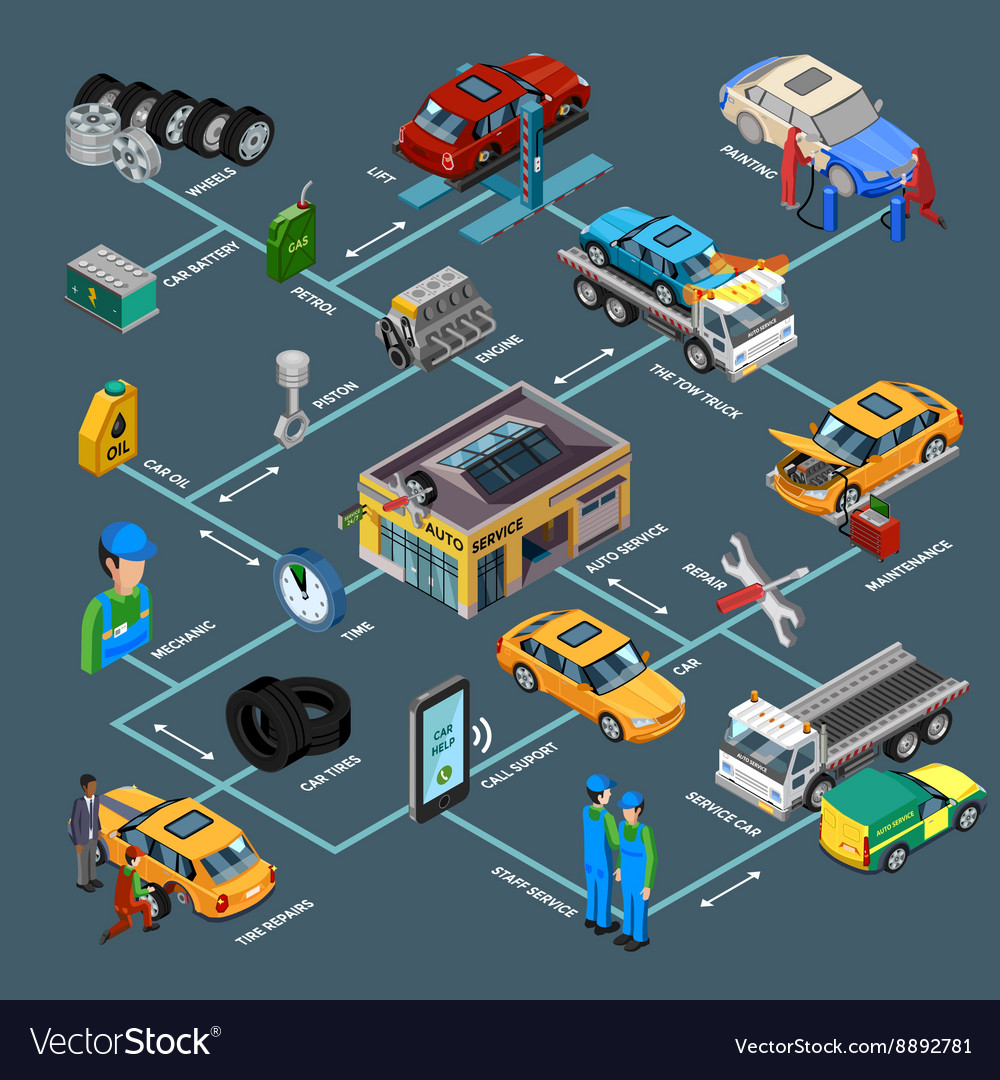Wondering Concerning The Definition Behind Those Control Panel Caution Lights? Gain Insights Into Their Effects For Your Lorry'S Safety And Maintenance
Wondering Concerning The Definition Behind Those Control Panel Caution Lights? Gain Insights Into Their Effects For Your Lorry'S Safety And Maintenance
Blog Article
Authored By-Faulkner Dalgaard
When you lag the wheel, those radiant caution lights on your control panel can be a little bit bewildering. Do you know what they're trying to tell you regarding your car's wellness? Comprehending the importance of these lights is essential for your safety and the durability of your car. So, you could check here following time among those lights appears, would not you intend to analyze its message accurately and take the necessary steps to address it?
Common Caution Lighting and Interpretations
Identify typical caution lights in your car and understand their definitions to ensure secure driving.
One of the most common warning lights consist of the check engine light, which indicates issues with the engine or emissions system. If this light begins, it's crucial to have your automobile examined immediately.
https://reidpkfzu.madmouseblog.com/12586262/just-how-can-mobile-auto-detailing-change-your-vehicle-care-experience-while-guaranteeing-high-quality-discover-the-essential-variables-to-take-into-consideration-prior-to-selecting-a-detailer cautioning light shows low oil pressure, requiring instant attention to prevent engine damage.
A flashing battery light could recommend a malfunctioning charging system, potentially leaving you stranded if not resolved.
The tire stress tracking system (TPMS) light signals you to low tire pressure, affecting car security and fuel effectiveness. Disregarding this could cause unsafe driving problems.
The abdominal muscle light shows a problem with the anti-lock braking system, jeopardizing your capability to stop quickly in emergency situations.
Finally, the coolant temperature level alerting light warns of engine overheating, which can lead to severe damage if not solved quickly.
Understanding these usual caution lights will assist you resolve problems without delay and preserve secure driving conditions.
Relevance of Prompt Focus
Recognizing the common caution lights in your cars and truck is only the first step; the significance of promptly addressing these cautions can not be highlighted enough to ensure your security when traveling.
When a caution light illuminates on your control panel, it's your automobile's method of interacting a potential concern that requires focus. Ignoring these cautions can bring about much more severe issues later on, jeopardizing your safety and security and potentially costing you more out of commission.
Trigger interest to alerting lights can protect against failures and crashes. For example, a blinking check engine light might indicate a misfire that, if left neglected, could create damages to the catalytic converter. Resolving this promptly can save you from a pricey repair.
Similarly, a brake system cautioning light might indicate low brake liquid or worn brake pads, vital elements for your safety when driving.
Do It Yourself Troubleshooting Tips
If you discover a caution light on your dashboard, there are a couple of do it yourself repairing ideas you can try before looking for professional aid.
The initial step is to consult your car's manual to understand what the specific caution light shows. Occasionally the problem can be as easy as a loosened gas cap setting off the check engine light. Tightening the gas cap might solve the trouble.
Another typical issue is a reduced battery, which can trigger numerous advising lights. Examining the battery connections for corrosion and guaranteeing they're protected could deal with the trouble.
If a warning light lingers, you can try resetting it by separating the vehicle's battery for a few mins and then reconnecting it. Furthermore, inspecting your automobile's fluid levels, such as oil, coolant, and brake liquid, can assist repair advising lights associated with these systems.
Conclusion
Finally, recognizing your vehicle's warning lights is crucial for keeping your automobile running smoothly and securely. By without delay addressing these signals and understanding what they suggest, you can avoid pricey repairs and potential breakdowns.
Remember to consult your automobile's manual for certain details on each cautioning light and act appropriately to ensure a hassle-free driving experience.
Stay educated, remain risk-free when driving!
